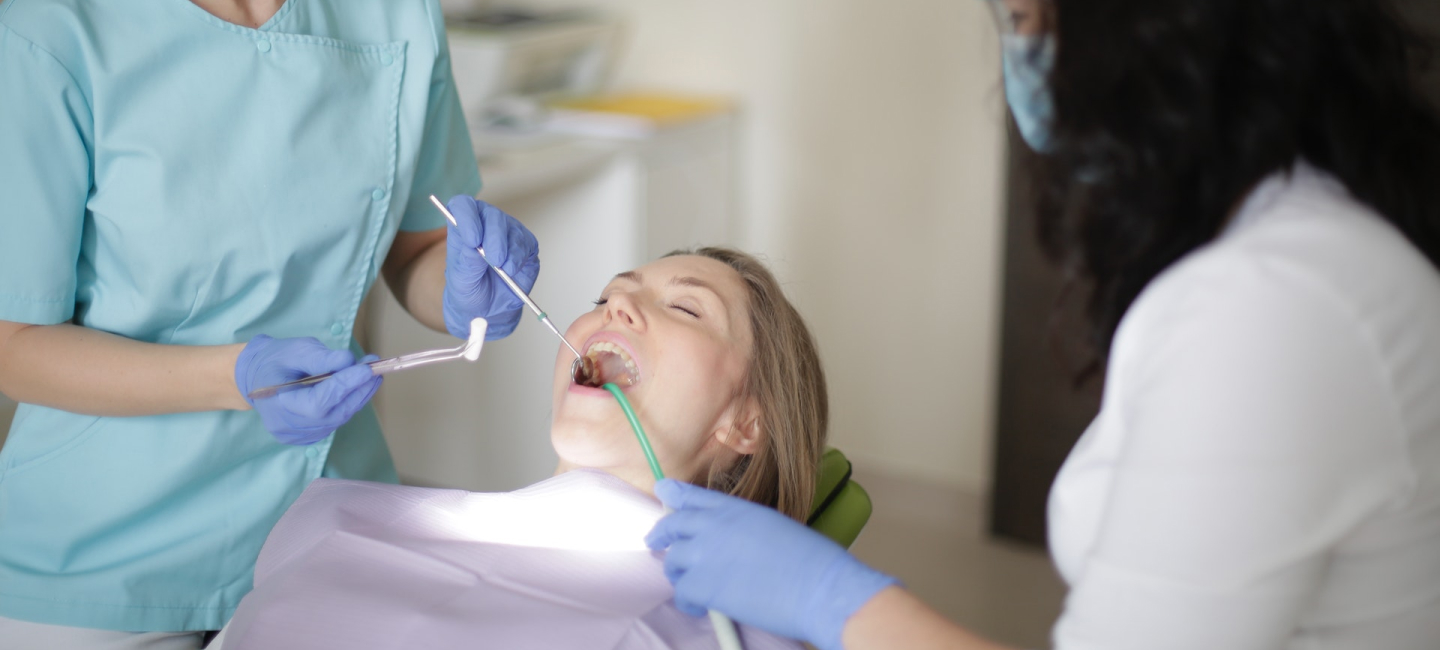Previously, we shared information on advancements in technology that are growing popular in dentistry, and changing how oral surgeries, root canals, and even fillings are done. This is the third article in the series, sharing still more new dental technologies.
New Dental Technologies Advancements
 Optical Scanners provide a digital map of a tooth and result in a 3-D replica model of the dental structure. This helps in accurate color analysis for cosmetic restorations made in a dental laboratory such as porcelain veneers, crowns and bridges.
Optical Scanners provide a digital map of a tooth and result in a 3-D replica model of the dental structure. This helps in accurate color analysis for cosmetic restorations made in a dental laboratory such as porcelain veneers, crowns and bridges.
Interestingly, the modern day microscope in dentistry has been one of the latest trends to perfect acute vision for dentists. Obviously, use of microscopes isn’t new. But microscopes of today offer dentists the ability to view micro-cracks, weakened underlying tooth structure and the proximity of the dental nerves with precision. They also provide more accuracy in removing affected tooth structure while preserving healthy tooth structure. The microscope has been and still is an essential tool is diagnosis and treatment, with better accuracy than ever before.
Velscope is a brand new FDA-approved oral cancer-screening system that uses incandescent light so that your dentist can see abnormalities that may not be apparent or visible to the naked eye. Velscope is also used by oral surgeons to help identify diseased tissue around a lesion and determine the appropriate margin for surgical excision. The Velscope oral assessment system is steadily being used more widely in dental practices.
ViziLite is a recently approved oral lesion identification and marking device. It is a painless screening tool for the detection of small changes in your mouth and improves early detection of problems. ViziLite also identifies, evaluates and monitors oral abnormalities in patients who are at increased risk for oral cancer.
The Periometer is an instrumented percussion diagnostic system designed for a range of dental technologies applications, including monitoring implants and the formation of cracks in natural teeth. Thus far, the results have been correlated with the presence and location of defects as well as the overall dynamic properties of any oral structure. The use of the Periometer for determining optimum dental therapeutics has also been explored. Current research indicates that routine use of the Periometer in a dental practice can be critically important for avoiding catastrophic failure of both implants and teeth.
The Wand is a computerized tool that can deliver anesthesia in a slow and methodical manner. The sensation (that some consider painful) often associated with an injection is caused as a result of the pressure of the liquid being injected. The slow and gentle delivery associated with The Wand often makes injections free of any discomfort whatsoever. The holder is small and easy for the dentist to use when delivering the injection.
And, lastly – the Internet expedites customer service by making it easier to schedule or cancel appointments through a practitioner’s website. In addition, Internet technology and programs like Google Docs and Dropbox allow dentists and endodontists to communicate more efficiently with their peers and other dental specialists — sharing large files and participating in real-time information exchange. The Internet also serves as an informational tool through which patients can receive updates as they relate to your condition – info that may be useful in your care.
There are an increasing number of dental technologies from which your dentist can choose. The benefits for you as a patient include accuracy, efficiency and removal of discomfort that patients did not previously enjoy.

